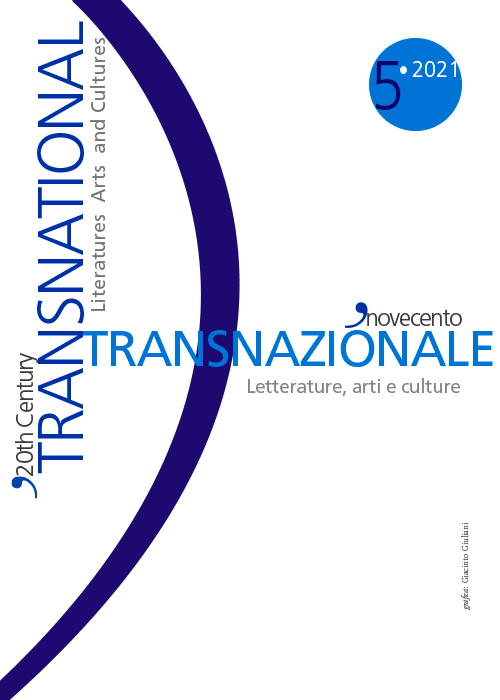Joycian elements in Cesare Pavese. Re-thematisation of exile through translation
DOI:
https://doi.org/10.13133/2532-1994/17344Abstract
The biennium 1934-1935 has a structural importance on Pavese’s human and artistic evolution. Here he faces the exile’s theme first through the translation of Joyce’s A Portrait of the Artist as a Young Man (1916), and later with his confinement’s experience. In this article, I’d like to demonstrate the structural nature of the exile’s rethematization in Pavese’s transition to prose, and in his concept of the myth as a revelatory gaze on reality. I will show this through a thematic comparation between the Portrait and the pavesian Il carcere and La luna e i falò (1950).
In his first novel, Il carcere (published only in 1948), Pavese, by narrating his confinement experience, translates the Portrait’s form through an unusual narration in third person of a story that has his own alter ego as a protagonist. This same “exiliated” gaze is constitutive of his vision of myth like Joyce’s epiphany, as it is shown in the comparation between La luna e i falò and the Portrait. The point in common is the impossibility of the return on his own self: Joyce celebrates it as a symbol of the artist’s alterity, while Pavese sees it as a mark of an existential defeat.
Downloads
Published
How to Cite
Issue
Section
License
Copyright (c) 2021 Transnational 20th Century. Literatures, Arts and Cultures

This work is licensed under a Creative Commons Attribution 3.0 Unported License.

Except where otherwise noted, the content of this site is licensed under a Creative Commons Attribution 3.0 Unported License.


